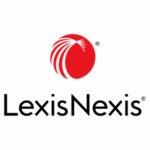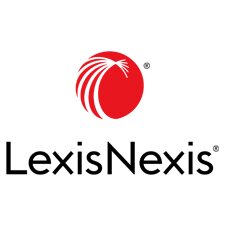FD to FD: The investment case for InterAction IQ
Whenever a firm first selects our CRM solution, Lexis InterAction, the business case is always built around of the holy trinity of business development objectives: client retention, client growth and winning new business.
InterAction is a proven solution and hence the undisputed product of choice for today’s law firm. 72% of the 50 largest and most successful UK law firms all use InterAction to help drive their market leading positions.
A business development professional’s frustration
However, InterAction combined with the Lexis InterAction IQ (an intelligent relationship management tool), enhances a firm’s ability to achieve the ‘holy trinity’ by improving data quality and providing greater insight in to engagement strengths or gaps. Furthermore, InterAction IQ provides data governance capabilities to reduce the risk of potential fines and reputational damage.
For CRM or business development professionals, investment in InterAction IQ is a ‘no brainer’ and so, their frustration isn’t surprising when they retort: “Why won’t my Finance Director (FD) approve my budget request for InterAction IQ?”
Finite investment funds make product selection competitive
As a FD, I’m always faced with many competing requests for product investments. I run them all through financial models and compare the products through a set of investment metrics such as payback, Net Present Value, and Compound Annual Growth Rate.
It’s not important for me to specifically understand what all the products do, per say but the top question for me is: Which type of product provides the best return? As good as the business case for individual products might look, the reality is that funds are always limited, so if a product in question, does not compare well with other contenders, it will fall down the list and may never even see the light of day.
So, when an FD struggles with the business case for InterAction IQ over other cost efficiency focused investments, I get it. It may be a leap of faith for a FD to believe that client retention will increase by X% and be directly correlated to the organisation’s business case. Potentially, when a FD compares a CRM solution to an automation tool that will reduce secretarial costs by Y%, it’s a much more tangible and measurable return.
InterAction IQ: a cost-efficient growth enabler
Before I make the investment case for InterAction IQ, a quick look at the tool – it facilitates time efficiency because:
It automates the process of updating contacts, which is otherwise a time-intensive manual process.
Without accurate contact data, professionals waste even more time checking marketing lists or liaising on business development activities with the wrong contacts.
Without accurate contact data, fee earners lose precious time trying to find the right client contact information.
Understanding the strength of engagements can shorten sales cycles by leveraging the right people to win the bid.
InterAction IQ: the investment case
Lean Six Sigma is a great framework for identifying waste in processes. FDs can take the same approach with InterAction IQ. Think about the activities outlined above and estimate how much time is potentially spent on them by different role types in the firm – and how much more efficient would those tasks be with InterAction IQ?
We’ve developed a ROI calculator that captures each input and converts it into the financial measures that FDs need to see in order to make good decisions.
Here’s a quick scenario. A 400-user firm that believes it can make the following achievable time savings by using InterAction IQ:
Estimating the cost and fee earner rates for these roles – compared to the cost of InterAction IQ, the payback for the tool is within seven months and gives an annual profit improvement of £50,000. The sensitivity of the return is also very robust. Additionally, with InterAction IQ, firms can manage GDPR compliance, thus minimising risk of those potentially business-crippling fines.



